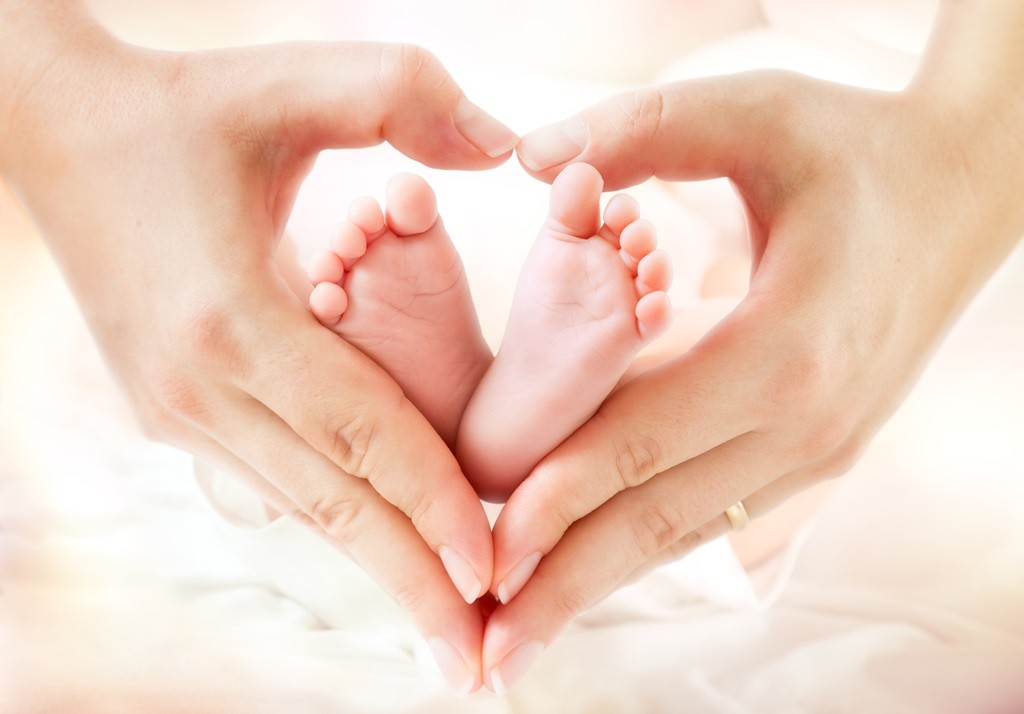Reflexology is a holistic treatment which involves pressure being applied to the sole of the foot, using specific thumb as well as finger techniques. The feet are a microcosm of the body and every organ and body system is represented on the base of the foot. The Reflexologist will stimulate the reflex points, in turn causing a ripple effect throughout the body. When stimulating specific points, this causes an increased flow of energy and circulation.
Disease is the result of an incorrectly functioning organ or system of the body. Disease according to Traditional Chinese Medicine is an imbalance in the flow of energy. This is due to a blockage or congestion that impedes the flow of energy. These congestions, in the form of toxins, prevent ideal health and optimal functioning of the body.
During a reflexology treatment circulation is improved, increasing the blood and oxygen flow throughout the body. Toxins are broken up and through the improved circulation, eliminated from the body. The above results in the flow of healing energy to be restored to the effected parts of the body, returning it to a state of balance and enabling it to heal itself.
In adults, reflexology is useful in assisting with a variety of conditions, such as headaches, migraines, stress, anxiety & depression, digestive disorders, sinusitis, diabetes, hypertension and ADD/ADHD, to name just a few.
What is Baby Reflexology and What Are the Benefits?
Baby Reflexology is in essence reflexology but on a much smaller foot. It is the gentle stimulation of reflex points using simple massage techniques. It is important to note however, the body has a specific flow and in order for the treatment to be effective, the sequence needs to follow this same natural order. As per baby reflexology images available, you will see the foot is divided into sections which map out the different systems (these represent a simpler mapping of the foot, solely for the understanding of parents or non-reflexologists). For the purposes of baby reflexology, only specific sections are important to note, these being the head region, teeth & sinuses, lungs, solar plexus, upper abdomen, lower abdomen and pelvis.

Image credit: toetosoultherapy.com
This simpler form of Reflexology can be taught to parents in order for them to perform the techniques on their own little ones. The ideal age for baby reflexology is from birth to 2 years old. From the age of three the foot arches are more developed and full reflexology treatments should be given.
Baby Reflexology can assist with helping your baby with the following conditions.
Colic is said to possibly be caused by an underdeveloped or a growing digestive system with muscles that often spasm causing pain. This can be identified in a healthy well-fed baby who cries excessively. There are of course many other reasons that may cause your baby to cry and this would need to be diagnosed by your medical Doctor.
Reflexology may assist in relieving the spasms that are caused by trapped wind or gas in the lower bowel. Encouraging circulation in the abdomen assists in increasing absorption in the digestive system and promoting bowel movements thus relieving the colic.
Teething occurs when babies first teeth break through the gums, which may result in some babies presenting with side effects such as a rash, diarrhoea, fever or swollen gums.
A short Reflexology session may assist in calming your baby and decreasing their fever.
Improved Immunity, as mentioned earlier in the article, Reflexology assists in bringing the body back into balance and eliminating toxins. Regular treatments will thus assist in maintaining this state of equilibrium and promoting a healthier immune system.
Reflexology encourages the body to release tension and brings about a state of relaxation, thus also assisting parents in soothing an irritable baby.
Regular Reflexology sessions can assist in improving baby’s sleeping patterns.
If you would like to consult a Reflexologist in your area, please see reflexology-usa.org
SaveSave
